Indoor succulent gardens are becoming increasingly popular. They are a great way to add some life and color to any room and are also effortless to maintain.
These indoor plants are perfect for those who do not have a lot of time or space for gardening, as they require very little care.
This blog post will discuss how to start your DIY indoor succulent garden and provide tips for keeping it healthy and looking beautiful. So, let’s get started!
1. Choose a location that receives bright, indirect sunlight
Succulent plants need light to thrive, but too much direct sunlight can scorch their leaves. You can also use grow lights if you do not have a spot in your home that receives enough natural light.
Make sure to position the grow lights so that they are about 12 inches away from the plants. You will also need to rotate the plants every few days so that they all receive an equal amount of light.
If you live in an apartment or do not have a lot of natural light coming into your home, succulents are still an excellent option. Many species do not require as much light as others, so do your research before purchasing plants.
Some of our favorite low-light succulents include:
– Aloe vera
– Snake plant
– Zebra plant
– Haworthia
2. Choose the right potting mix
When it comes to indoor plants, a succulent potting mix is essential. You will need a mix that drains well and does not hold onto too much moisture. Succulents are susceptible to root rot, so their roots mustn’t sit in water.
There are many succulent-specific potting mixes available on the market, or you can make your own by mixing equal parts of sand, perlite, and peat moss.
Make sure to add a layer of gravel or rocks to the bottom of the pot to help with drainage.
Remind to brush away any old potting mix before adding fresh if you are repotting an already existing succulent. This will help avoid any potential problems with rot or pests.
3. Look for the appropriate succulent plant container
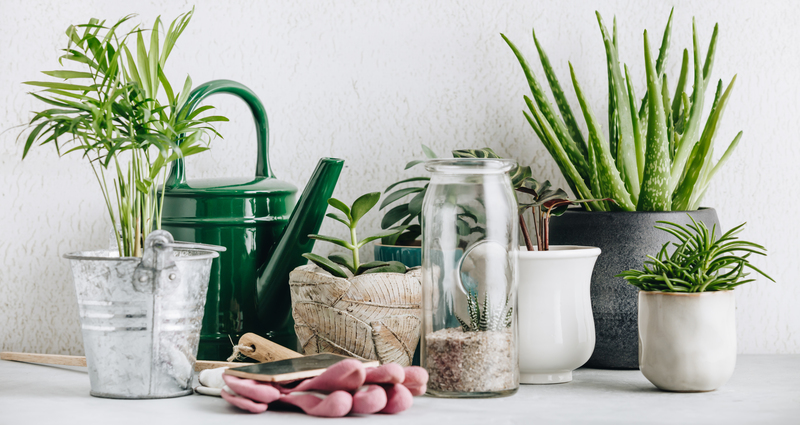
When you plant succulents, it’s also essential to use the correct type of container or succulent planter. A succulent planted in a traditional pot with no drainage holes will quickly succumb to root rot.
Instead, look for containers that have drainage holes or are made specifically for succulents. Some great options include:
– Terra cotta pots
– Wooden boxes
– Ceramic pots
– Glass jars
Once you have selected the perfect container, it’s time to start planting! When adding plants to your indoor succulent garden, make sure to leave enough space between each one. This will give them room to grow and prevent them from overcrowding.
Whether you create an indoor succulent dish garden or a single potted plant, the process is relatively the same. Gently remove your succulent from its nursery pot and loosen any compacted roots.
Place the plant in the center of your container and fill it around it with potting soil, and mix. Tamp down the mix lightly and water deeply. Allow the soil to dry out completely before watering again.
4. Add Decorative Elements
One of the best things about indoor succulent gardens is that they are incredibly versatile. You can get creative and design a garden that is unique to your style.
Your local garden center should have a wide variety of succulents to choose from, as well as rocks, gravel, and other decorative elements.
Some fun ideas for adding interest to your indoor succulent garden include:
– Adding colorful rocks or gravel
– Using attractive containers or planters
– Creating a living wall by hanging plants vertically
– Planting succulents in a dish garden
Succulent arrangements make great gifts or home decor items. If you’re looking for a creative way to spruce up your indoor space, succulents are the perfect solution!
5. Water and Care for Your DIY Indoor Succulent Garden
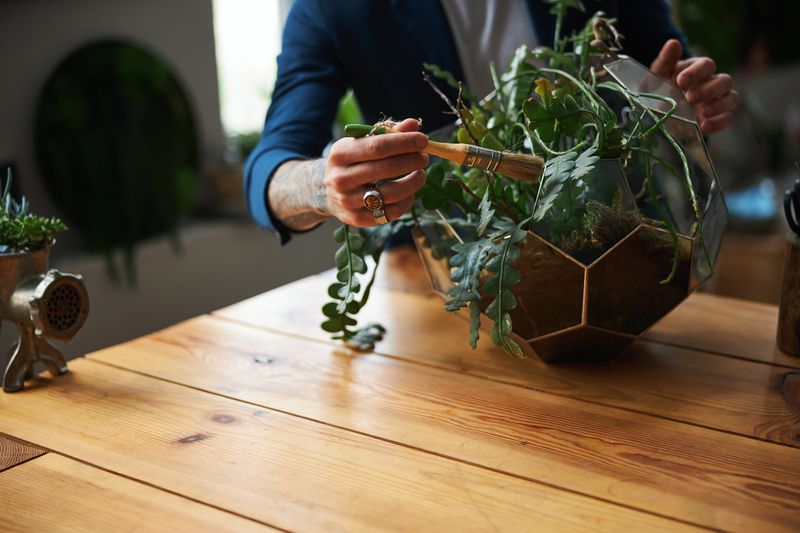
Growing succulents indoors are relatively easy and low maintenance. However, there are a few things you’ll need to do to make sure your plants thrive.
Watering is probably the most important aspect of indoor succulent care. These plants store water in their leaves, so they don’t need to be watered as often as other houseplants. In general, indoor succulents should be watered about once a week.
Check the soil before watering; only add water if it is scorched. It’s better to underwater succulents than to overwater them, as too much moisture can lead to root rot.
In addition to watering, indoor succulents will also need plenty of light. Place your plants near a sunny window or under grow lights. If your succulents are not getting enough light, they will begin to stretch and become leggy.
Fertilizing is another essential part of indoor succulent care. Use a balanced fertilizer once every month during the growing season. Be sure to follow the package directions, as too much fertilizer can damage your plants.
Tips and Tricks To Keep Your Indoor Succulent Garden Healthy
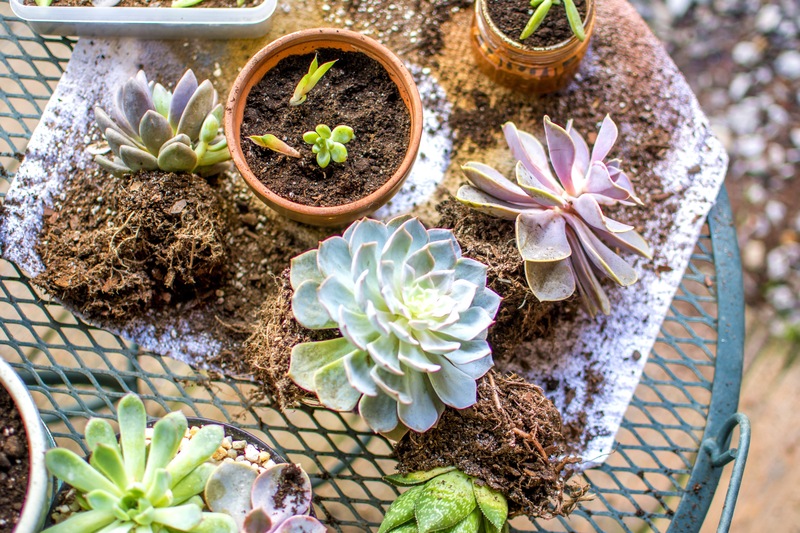
With various shapes and colors, indoor succulents are a fun way to add life to any room in your home. These low-maintenance plants are perfect for those who don’t have a lot of time or space for gardening.
Here are a few tips and tricks to help you create and maintain a healthy indoor succulent garden:
- Try to invest in shallow containers: Indoor succulents don’t need much space to grow, so a shallow container is perfect. This will also help prevent root rot, as the roots won’t be sitting in water for long periods.
- Make sure there is a drainage hole in the container: All indoor succulent containers should have drainage holes to allow excess water to escape. Otherwise, your plants could get root rot from sitting in too much moisture.
- Use a spray bottle to water your plants: Watering indoor succulents with a spray bottle helps to prevent overwatering. Mist the leaves of the plant until they are evenly coated and allow the soil to dry out completely before watering again.
With these hacks, you’ll be on your way to having a healthy indoor succulent garden in no time!
Final Thoughts
Your indoor succulent garden will thrive for years with some care and attention! These unique plants are the perfect way to add a touch of nature to your indoor space. So what are you waiting for? Start planting today!

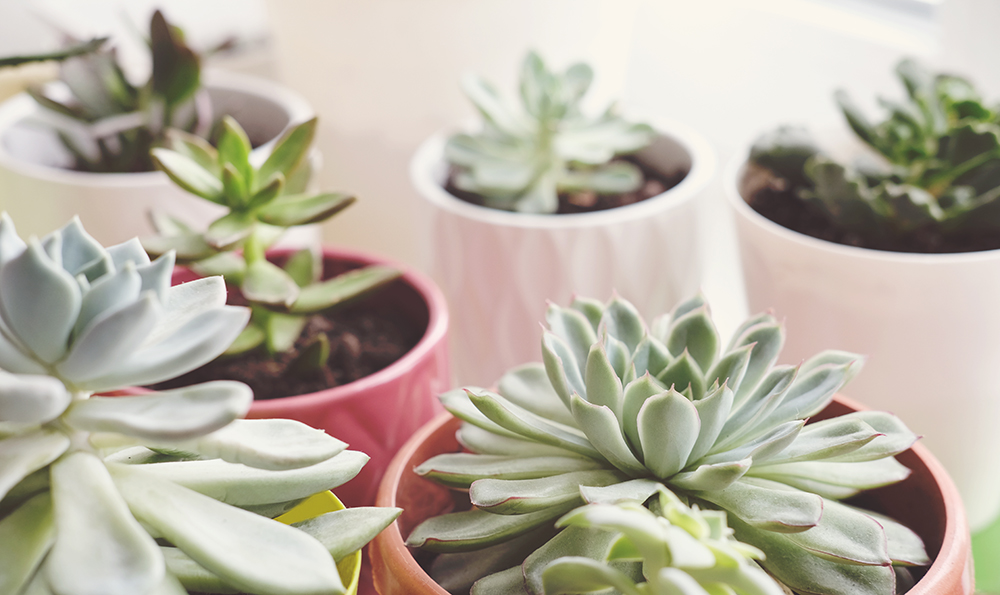
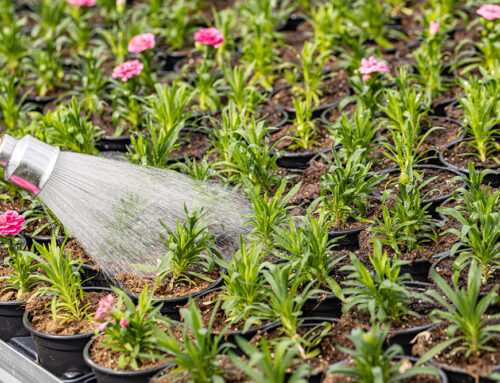
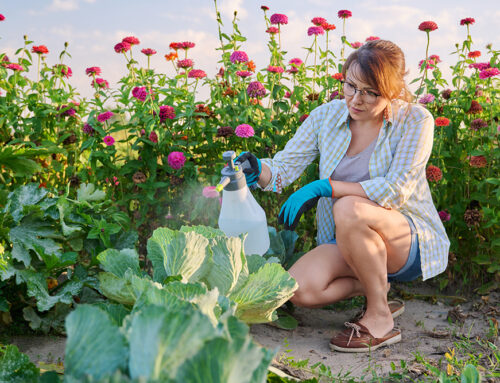

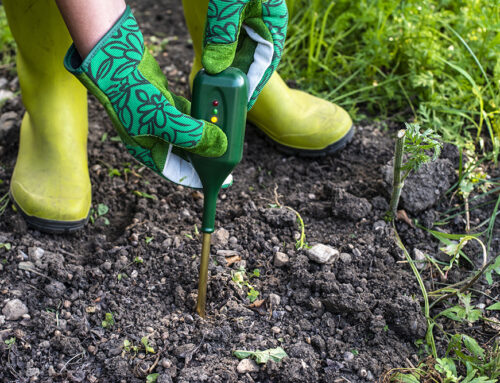
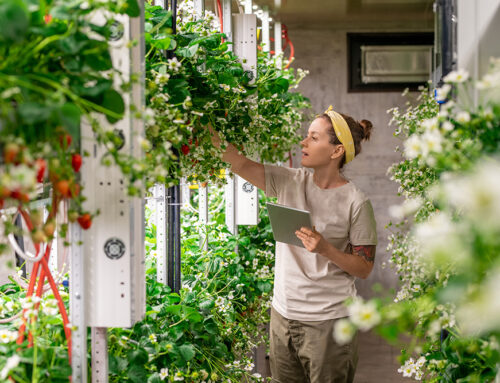
Leave A Comment